Kathleen Velo and the Art of Water Politics
“Because I live in the desert Southwest, water is a major concern,” explains Arizona author, photographer and artist Kathleen Velo.
The past two decades have seen significant population growth in big Southwestern cities than any other place in the United States. According to latest Census data, 14.6 million people live in 40 counties in five states. Sunny weather and job opportunities in places like Las Vegas, Phoenix/Tucson and Los Angeles are attracting young and old alike in droves. And all during a period of record drought in the region. Sadly, so many straws drinking from this thin ribbon of precious liquid means it now barely trickles into what once was a lush, environmentally diverse wetland at the river’s outlet. Subsequent shrinking of riparian habitat throughout the river’s course means loss of fragile ecosystems, as well. Add that to tribal water rights mixed with agricultural and water-sport interests mixed with head-long development under unprecedented drops in Colorado flow. That IS a lot of demands! Keep adding: State policies made a hundred years ago when accurate flow averages were not clearly known are not helped by expensive, aging infrastructure. Let’s not forget that more than a couple of those hydro-electric dams holding back portions of the river’s 1,450 -mile-long (2,330 km) course are controversial for what they have drowned along with other environmental impacts.
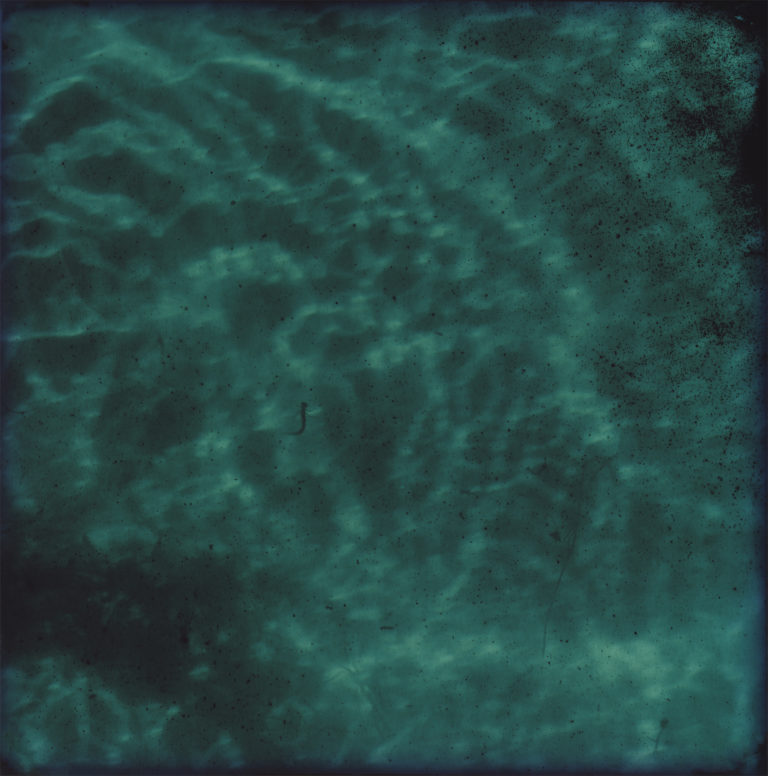
This clash with reality begs many questions: Where does – and WILL – the water these cities need be coming from in the next few decades? Who are all the stakeholders? What are the ramifications of overuse?
Velo has put these subjects up for dialogue in her book, Water Flow; A Journey Through The Colorado River (2018) and up for the occasional art exhibit, as well. She has been producing her hauntingly beautiful camera-less ‘photography’ for more than a decade using light sensitive paper submerged at nighttime under water. Lakes, streams and canals associated with the transport/storage/use of said river becomes the darkroom, the paper left exposed to strobe or moonlight. Being fascinated by the alchemy of natural light, space and chemistry, she devised this experimental method to capture images on color photographic paper from below the surface. They are mesmerizing, shadowy apparitions, occasional plant matter giving reference to the abstract.
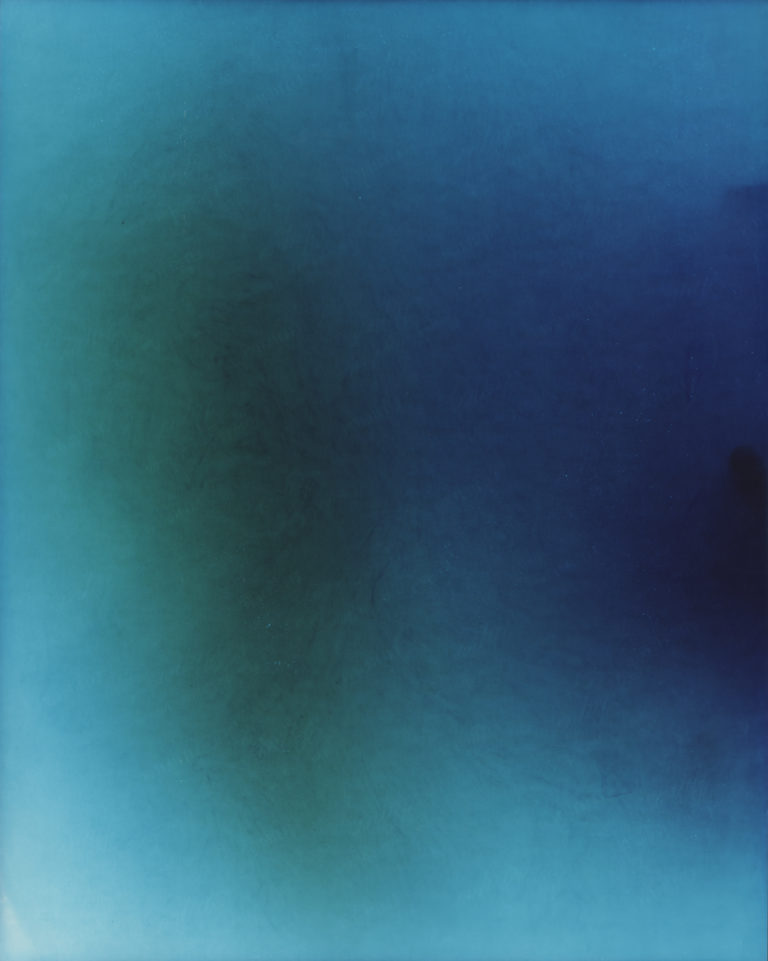
With the eye of a scientist and heart of a storyteller, Velo has studied the holistic issue for a long, long time. Her resulting body of text and images will halt you in your tracks and demand a closer look; a fish-eye look that pulls the viewer down into the depths of an urgent topic.”This series is a visual representation of the serious water crisis we face,” she tells us. ” Being process driven, I enjoy experimenting with various methods to express a concept that is important to me, even if it means a lot of failures,”
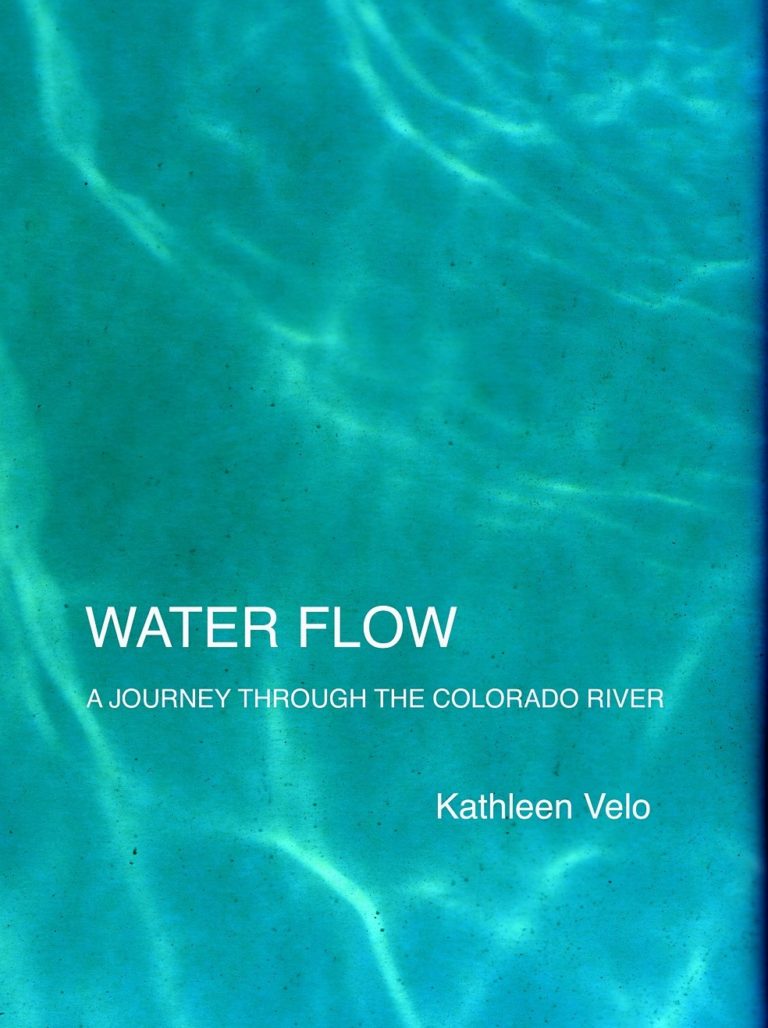 There are no fancy optics or post production computer touch-ups in her raw looks. “I’ve been low-tech as a photographer for many years, using pinhole and plastic cameras,” shares Velo. Although not encouraged to pursue a career in the arts, she became more interested in art studies while attending college. She now holds a Masters of Fine Arts and integrates her approach to photography with concepts of water quality and transience, hoping to be a positive influence on the future of water politics. In addition to the Water Flow book and creative series, she has many enigmatic mixed media pieces that incorporate her brand of photogramming with thought-provoking concepts. She teaches traditional photography locally, is a Fulbright alumna and has been the recipient of numerous grants and official recognition including agencies such as the US State Department and the Arizona Commission on the Arts Governor’s Award.
There are no fancy optics or post production computer touch-ups in her raw looks. “I’ve been low-tech as a photographer for many years, using pinhole and plastic cameras,” shares Velo. Although not encouraged to pursue a career in the arts, she became more interested in art studies while attending college. She now holds a Masters of Fine Arts and integrates her approach to photography with concepts of water quality and transience, hoping to be a positive influence on the future of water politics. In addition to the Water Flow book and creative series, she has many enigmatic mixed media pieces that incorporate her brand of photogramming with thought-provoking concepts. She teaches traditional photography locally, is a Fulbright alumna and has been the recipient of numerous grants and official recognition including agencies such as the US State Department and the Arizona Commission on the Arts Governor’s Award.
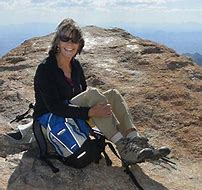
As fellow SW dwellers, ArtBeat Magazine joins Ms. Velo in sustainable spirit, wishing success in her future aquatic endeavors.
Please visit her current exhibit (along with Ansel Adams’) at the Longmont Museum and Cultural Center in Longmont, CO, until the end of this month, May 2019. Sightings also occur at Gallery Four and Art Intersection in Gilbert, AZ. See more of her portfolio online or contact the artist at kathleenvelostudio@gmail.com.
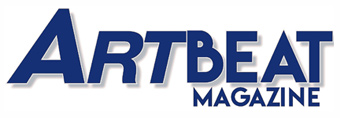
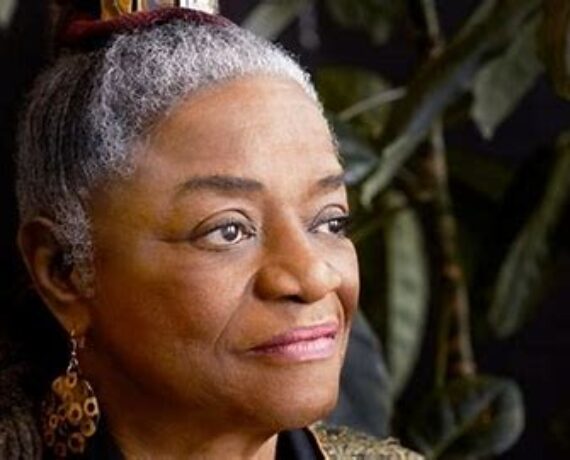
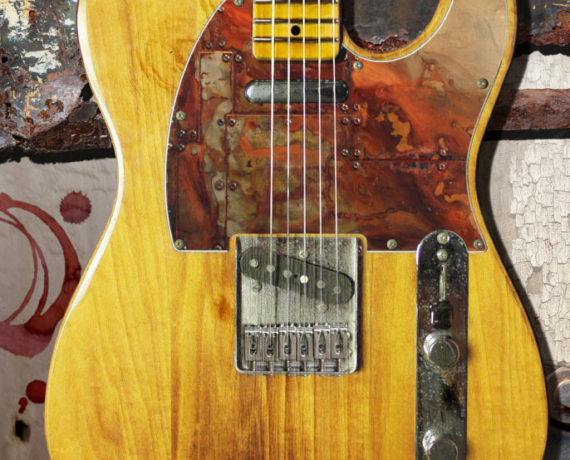
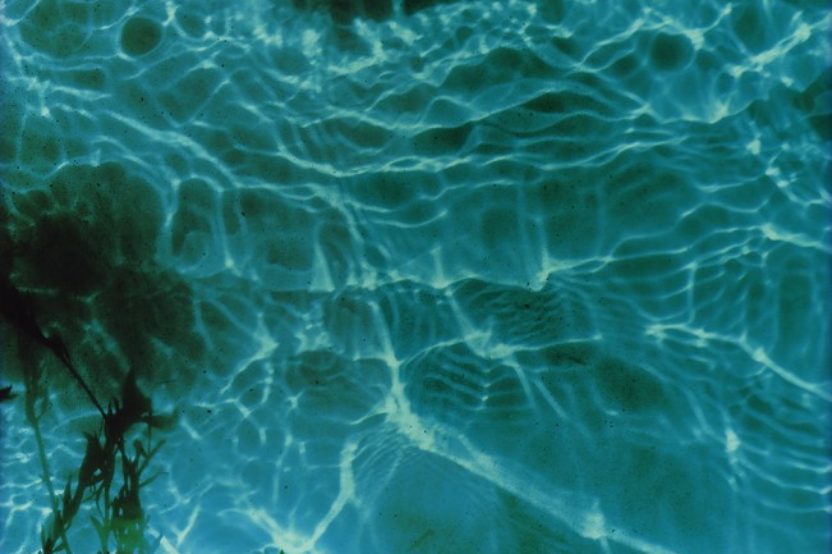



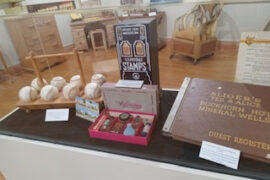
 Architects of Art: In the Course of Time
Architects of Art: In the Course of Time  Random Seed, A Fractal Artist Update
Random Seed, A Fractal Artist Update 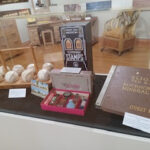 Discovery Through Preservation, Mesa Historical Museum
Discovery Through Preservation, Mesa Historical Museum 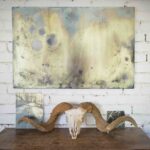 Looking Glass, A Reflection of Time – Norman Broomhall
Looking Glass, A Reflection of Time – Norman Broomhall